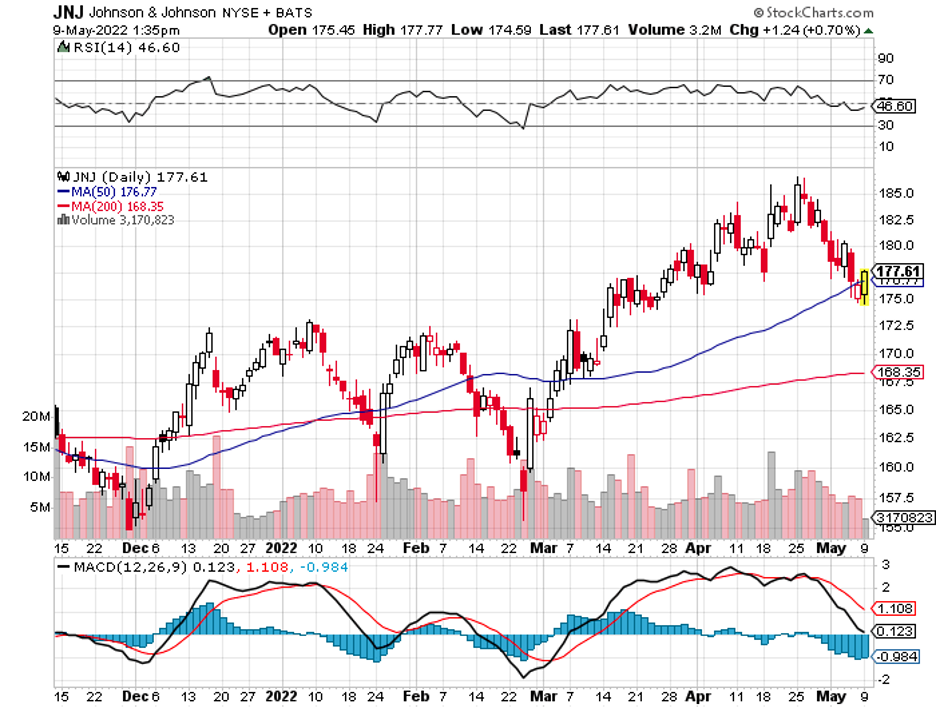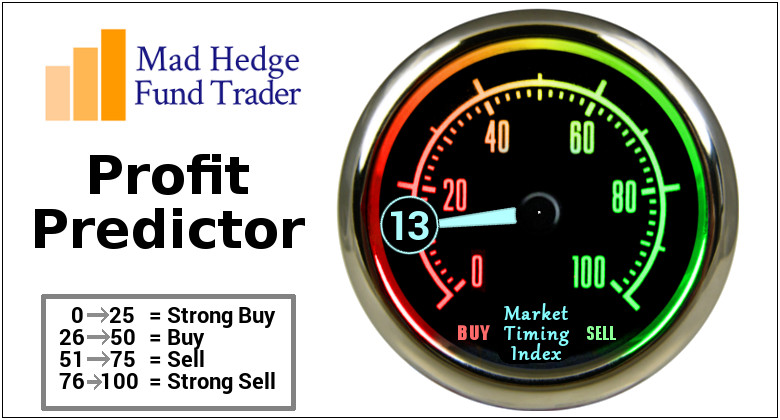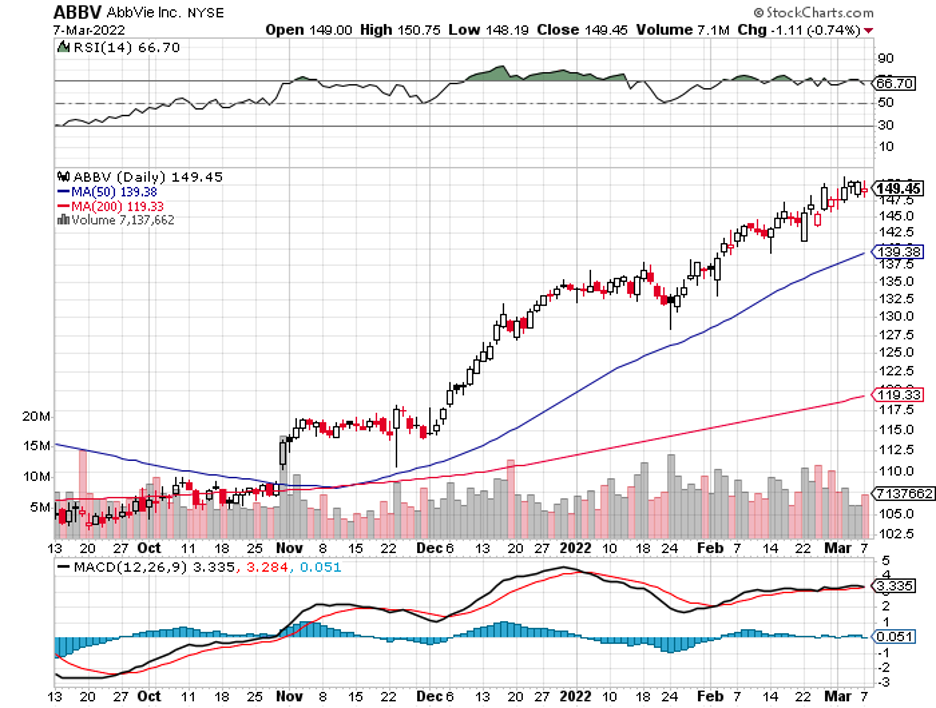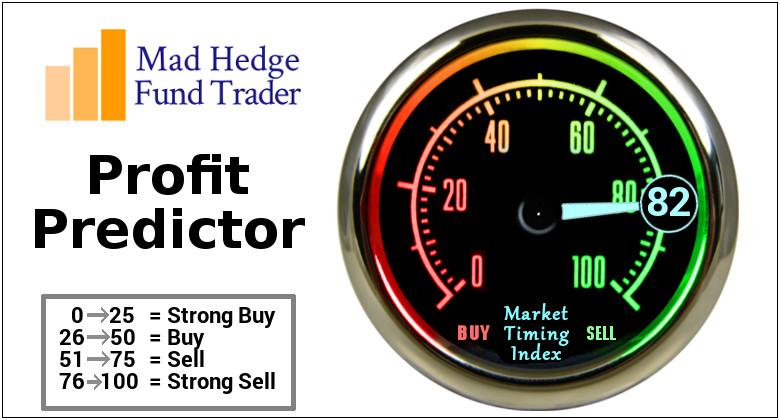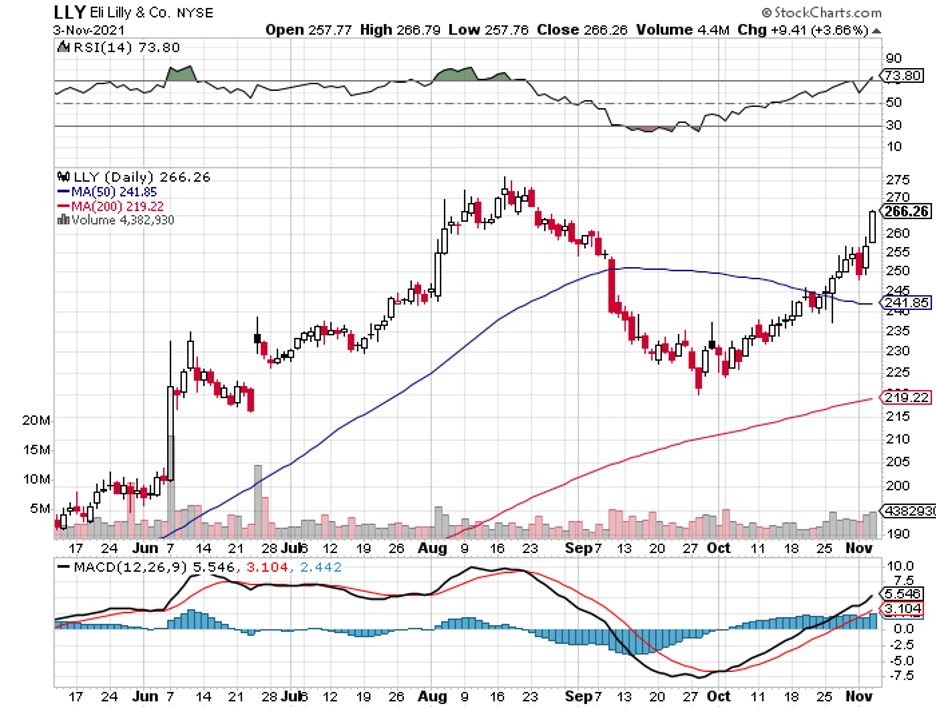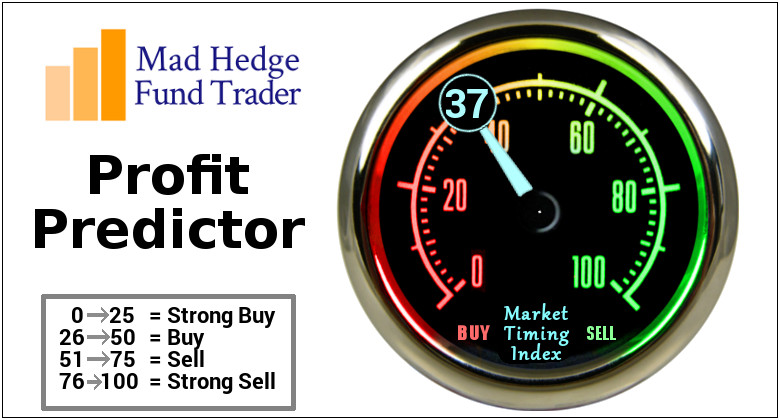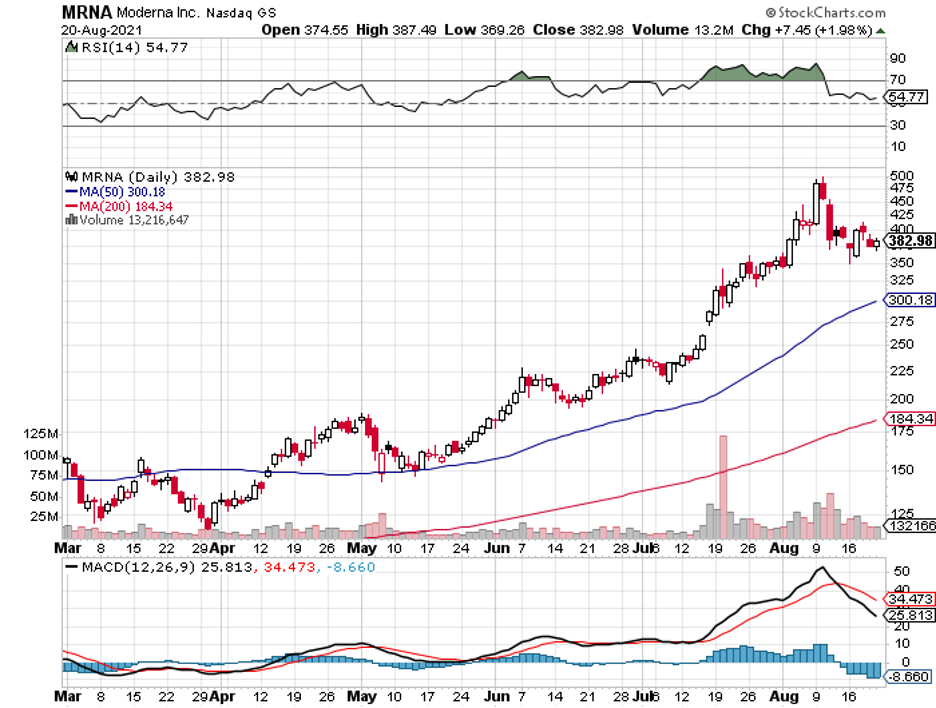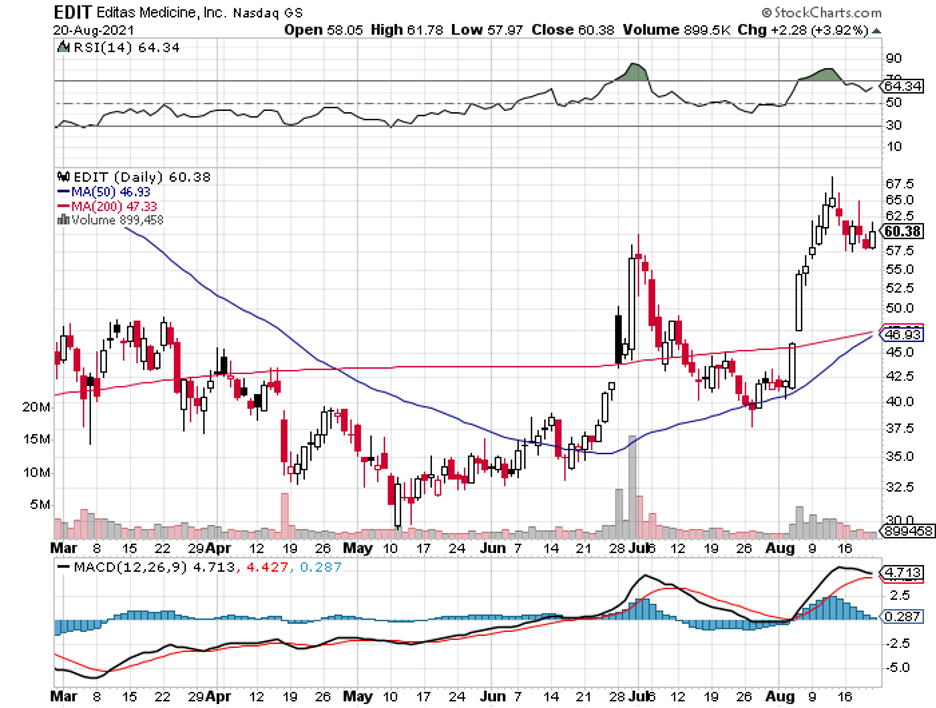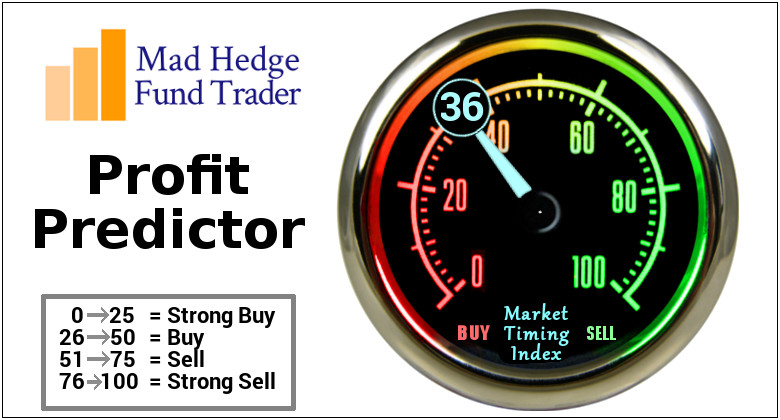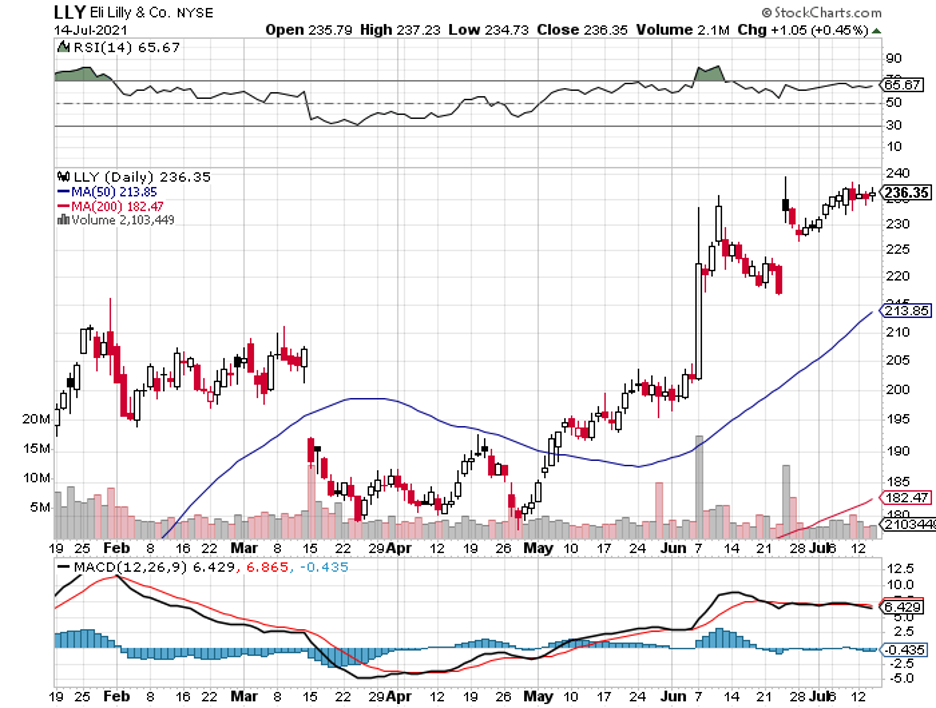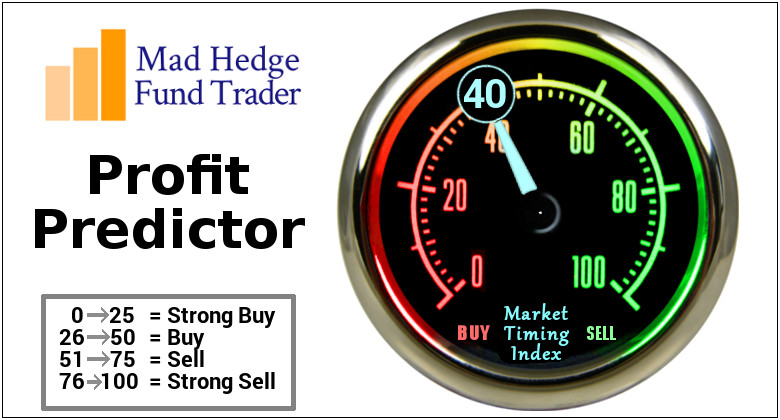Investing is a long-term bet that requires patience and a strong risk appetite to enjoy eventual big wins.
In a world filled with uncertainties and gambles in the ever-evolving stock market trends, risk-averse investors are on the lookout for secure and stable options.
After all, who wouldn’t want to invest their hard-earned cash in a stock that can survive even the most intense macroeconomic shocks?
The name that easily fits these criteria in the biotechnology and healthcare sector is Johnson & Johnson (JNJ).
Reviewing JNJ’s five-year price movements from 2017 until 2022, a steady bullish trend of roughly 46% growth can be seen.
This trend has continued amid the slowdowns, with the stock delivering consistent growth and recovery despite serious dips.
In early 2020, when the COVID-19 outbreak wreaked havoc on the global economy, JNJ tanked along with other stocks. However, the company steadily showed signs of recovery mere weeks following the outbreak.
By 2021, JNJ managed to record a substantial increase of 11.4%. More importantly, it was able to sustain that trend throughout the year.
In March 2022, when the Ukraine-Russia crisis disrupted the economy, several businesses in the industry once again crashed due to supply chain and logistical issues. Amid these disruptions, JNJ still managed to stay on its growth path and develop contingencies to protect its assets.
Widely known as a global healthcare titan, JNJ holds a market capitalization that is hovering close to roughly half a trillion dollars.
As the parent company of the top-rated brands like Benadryl, Listerine, and Neutrogena, JNJ’s market operations are trifurcated into three main segments: MedTech, Pharmaceutical, and Consumer Health.
In November 2021, the company disclosed its plans to spin off its consumer arm into a separate publicly-traded company.
Similar to the move of Pfizer (PFE) with its Viatris (VTRS) spinoff and Merck (MRK) with Organon (OGN), JNJ’s goal is to reclassify a number of its international OTC drugs from its Consumer Health branch to form part of the pipeline of the new spinoff company.
Needless to say, the company’s notably diversified portfolio provides its with a competitive advantage in this highly volatile market.
Meanwhile, its other two segments are also contributing to JNJ’s growth. Its Pharmaceutical branch recorded a 6.3% increase in revenue in the first quarter of 2022, while its MedTech segment grew by 5.9%.
In total, JNJ’s sales for the first quarter of 2022 rose by 5% to reach $23.4 billion. This also boosted the company’s earnings per share to $2.67.
Riding the momentum of its strong first-quarter showing this year, JNJ once again demonstrated why it is hailed as a Dividend King.
The company hiked its quarterly dividend by 6.6% to $1.13 per share, making this the 60th consecutive annual dividend increase.
Considering that the company has been paying out dividends since 1963, this latest increase is indicative of how safe JNJ is for investors who want to multiply their cash while earning a regular income via dividends.
Moreover, JNJ is a clear frontrunner in the healthcare world and continues to work on innovative solutions to keep it ahead of its competitors.
Taking a closer look at the broader competitive field of healthcare industry players that are considered similarly sized, like AbbVie (ABBV), Abbott Laboratories (ABT), and Novo Nordisk (NVO), JNJ has the most significant market capitalization.
In this aspect, the company is the largest among its direct rivals. Therefore, it essentially reinforces its capacity to raise finances.
Given its perpetual bullish climb since its trade initiation back in 1982 and its addition to the Dow Jones Industrial Average (DJI), JNJ stock has been long known to hold strong credibility.
Actually, JNJ and Microsoft (MSFT) are the only two American companies with an AAA credit rating, a grade above the United States government itself.
This means that JNJ has such a strong sense of certainty in debt repayment that it holds a lower probability of default than the US government—an entity allowed by law to print money.
Overall, JNJ has proven to be an excellent option for risk-averse investors searching for growth and profitability.
It has strong financial fundamentals and a commanding market position, making it a highly stable and secure investment.
Moreover, its diverse portfolio minimizes the risk exposure of the company. All these make JNJ a great buy. Hence, it would be a wise move to buy the dip.

